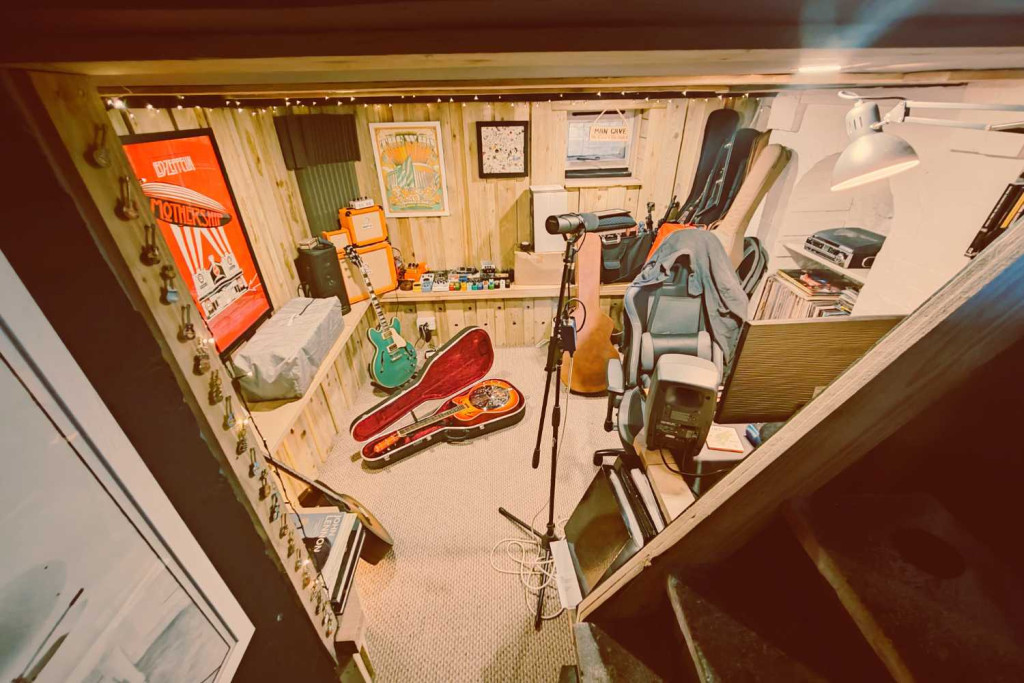I know we love to know about vocal chains and who uses what compressor and what settings for a certain type of pop production and blah blah. But the thing about that stuff is context. Their settings and chains might not work for your production, your microphone, your song etc.
So rather than focus on plugins and settings and all that nonsense that people on YouTube will tell you at length why you’re doing it wrong and you need to do it their way (it’s so annoying isn’t it?) I’m going to take you back a step and focus on something before we actually do any mixing with plugins or physical gear.
One of the biggest things that will make your mix sound better isn’t to do with any plugins, its do with this:
Arrangements.
(I really hope that sounds as profound as it did in my head. You’re still thinking about what vocal chain I use aren’t you?)
So, let’s go back. One of the goals of a song is to keep the listeners interest. Keep them grooving ’til the end. Your song might be great, but that arrangement could make or break it. OK that’s a bit dramatic, but it kind of holds up. As always there are no hard and fast rules, and rules are there to be broken, but here are some easy arrangement tips to help.
Level up the second verse
Almost always in every song does the second verse have an extra thing added to keep the song flowing. Here’s what I mean:
- Verse 1: Drums, Bass, Vocals
- Chorus 1: Drums, Bass, Guitar, Vocals
- Verse 2: Drums, Bass, Piano arpeggio, Vocals
I’ve said piano arpeggio but it could be an extra guitar strumming some chords, a vocal ad lib part, a different drumming pattern, more delay effect etc.
Here’s an example, showing that just one note can do the job(!):
- 1st verse 0.17
- 1st chorus 0.38
- 2nd verse 0.58 – An organ plays a single note over the verse
Prepare your listener
It’s a weird game with the listener. They want a level of excitement and familiarity. Using drum fills and layering certain parts will help guide the listener through the song. “OK coming up next is the chorus, are you ready? Drum fill and super synth preset engage! Now chorus!” Make it clear and obvious.
I was watching a bit of Eurovision (don’t ask) and each artist has about 3 minutes to make you, in one single listen, think their song is the best. And yes, the songs are very formulaic or trend-driven (the repetitive sax riff breakdown thing has overtaken all the violins we had 30 years ago). But that’s kind of the point. Their song is trying to be the ultimate example of excitement and familiarity. The arrangement is mapping out the thrill ride for you.
Quick tip: The reverse cymbal is your best friend for transitions in dance or electronic tracks.
Drop choruses
A lot of songs will repeat the chorus twice at the end of the song. But sometimes this can be a bit repetitive. To counter this the singer may ad lib some stuff over the final second chorus. Or another favourite is to do a drop chorus. This is a typical pop thing but it translates to other genres too.
The idea is that you build up all the instrumentation to a mass of excitement leading into what the listener will believe is going to be a big chorus but then you cut all the instrumentation back to perhaps just vocals and drums and then bring everything back in for the second chorus.
Here’s a textbook example:
- 1st chorus 1.04
- 2nd chorus 2.23
- Final choruses 3.15 – The drums cut out for the first chorus
Rule of 3
Some I know swear by saying never have anything more than 3 interesting things happening at once. But knowing what those 3 things are is a bit tricky. It’s more like 3 dominant parts. Your main vocal line will be 1, but simple guitar chords probably won’t be another, but if it’s a characteristic guitar riff then that is another. Any more than 3 big things going on at once and it might be too much for the listener to take in. (If my partner tells me to do 4 things that day while she’s out, I’m already thinking about a sandwich I’m going to make).
Good arrangements mix themselves
Here’s the big takeaway. If you nail the arrangement, the mix practically does itself. When you’re stuck tweaking for hours and nothing seems to gel, step back and look at your arrangement first. Fixing that might be the real solution.

